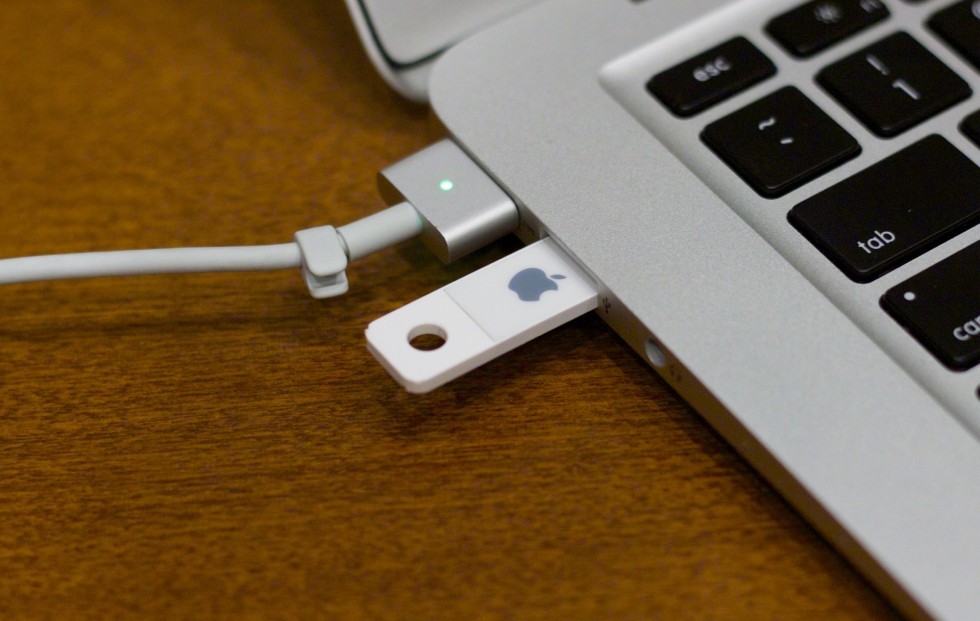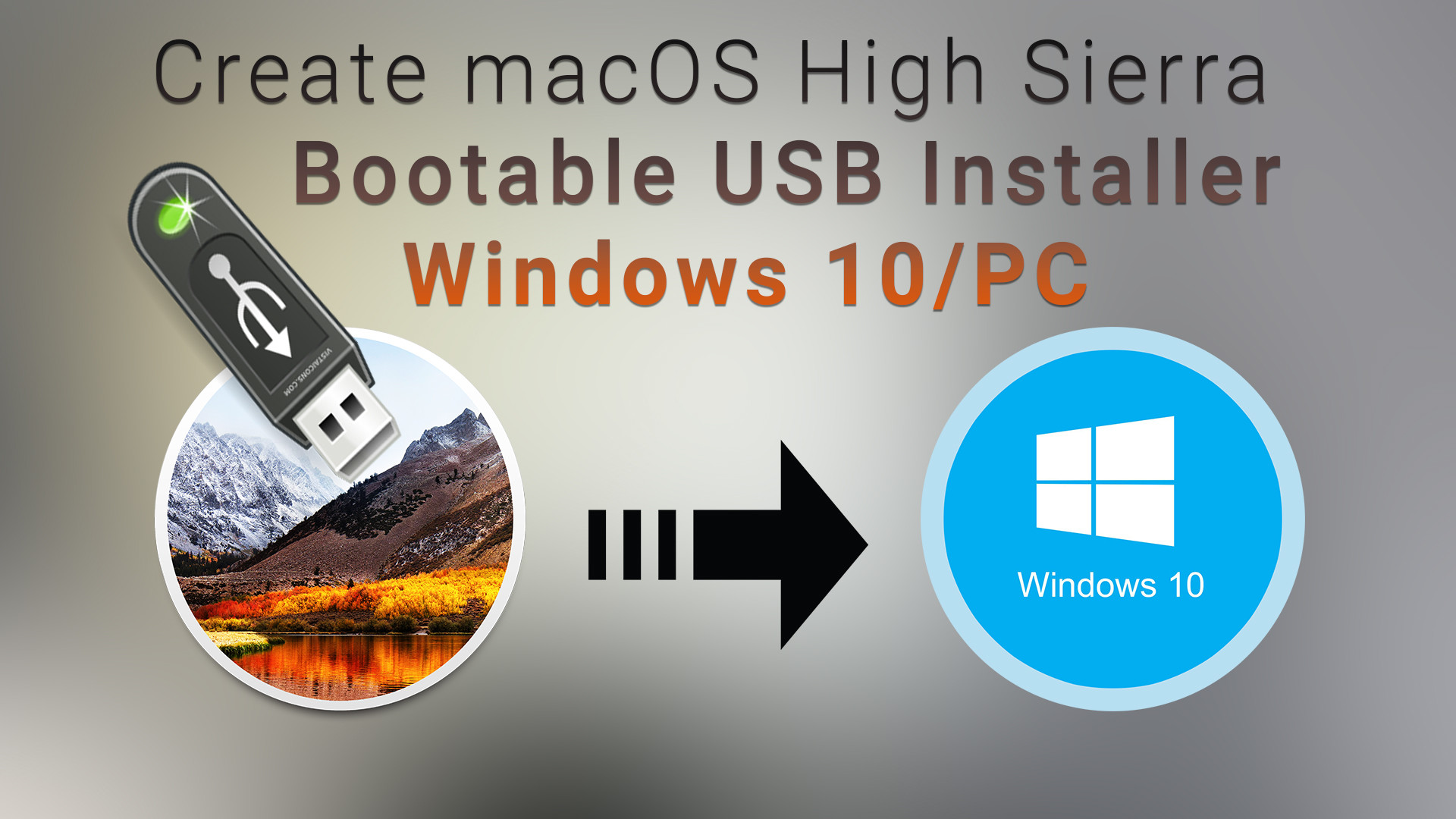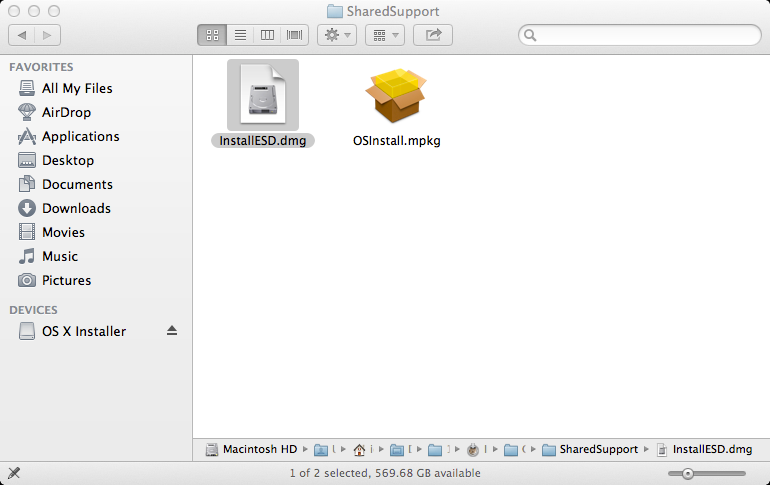

- #CREATE BOOTQAQBLE USB FOR MAC MAC OS X#
- #CREATE BOOTQAQBLE USB FOR MAC INSTALL#
- #CREATE BOOTQAQBLE USB FOR MAC FOR WINDOWS 10#
- #CREATE BOOTQAQBLE USB FOR MAC WINDOWS 10#
- #CREATE BOOTQAQBLE USB FOR MAC SOFTWARE#
#CREATE BOOTQAQBLE USB FOR MAC MAC OS X#
UNetbootin is a free program for both Windows, Linux, and Mac OS X that allows you to create bootable Live USB drives for Ubuntu, Fedora, and other Linux distributions instead of burning a CD. If you end up falling in love with Ubuntu (like many other users that made the transition from Windows and Mac), you can then make it the primary operating system or set up a dual-boot scenario.
#CREATE BOOTQAQBLE USB FOR MAC WINDOWS 10#
Method 1: Create Windows 10 Bootable USB on Mac Using UNetbottin. Ventoy is an open source tool to create bootable USB drive for ISO files. To get the USB drive to use the casper-rw file, open /Boot/Grub on the USB drive using Windows Explorer.
#CREATE BOOTQAQBLE USB FOR MAC SOFTWARE#
Basically, you only need three things to make a Ubuntu bootable USB flash drive: Etcher – the software that we are going to use to create a bootable USB flash drive Ubuntu – an operating system that we are going to write on your USB flash drive USB flash drive – well, I am just stating the obvious One thing you need took care of that the USB drive needs in GPT partition in order to work on a Mac computer otherwise it won’t boot. For me, every Hackintosh stuff is only for FUN and educational purposes only.
#CREATE BOOTQAQBLE USB FOR MAC INSTALL#
Before start creating bootable download and install Diskmaker X and make sure that you have the Mac OS ISO image file you’re going to install. Trans Mac is a Windows application that can be used to restore dmg files and create Mac bootable USB disk. Create Ubuntu Bootable USB on Mac On a computer running Mac OS X or macOS, the process of creating a bootable USB is a little trickier than in Windows or Linux. The development of Ubuntu bootable USB is one of the first steps to install Ubuntu. This can now be used as a bootable drive.If so, it will boot just as a hard drive with similar settings in the boot sector would. Once the command has finished and your files have been moved over to the USB drive, you will need to run the command " hdiutil unmount /Volumes/MOUNTED-ISO", again replacing the word MOUNTED with the correct name.Ĭlose the terminal and eject your USB drive. Next, run the command " cp -rp /Volumes/MOUNTED-ISO/* /Volumes/WINDOWS10/" where you can replace MOUNTED with the name of your mounted ISO. It will be similar to /Volumes/MOUNTED-NAME. Note the name of the mounted iso, which can be found by looking at the terminal. iso image by using the command " hdiutil mount ~/Downloads/WINDOWS10IMAGE.iso" where you can replace the "WINDOWS10IMAGE with the name of your downloaded file.
#CREATE BOOTQAQBLE USB FOR MAC FOR WINDOWS 10#
Run the command " diskutil eraseDisk MS-DOS "WINDOWS10" GPT disk3" without the quotation marks and you can replace the "3" at the end with the correct number.ĭownload the iso file for Windows 10 and save it in the Downloads folder if it hasn’t been saved there already. Identify your USB drive and note down the name, such as disk3. Type "diskutil list" and hit the enter/return key to see a list of all connected drives.

Again, you will need a USB drive.Ĭonnect your USB drive to the Mac and then launch Terminal.

The Terminal app is more complicated to use than other methods however it does not require you to use a third-party application in order to create a Windows 10 bootable USB drive. This will have created a Windows 10 bootable USB using a Mac that can now be used on your PC. You can now quit Bootcamp and then Eject the USB to safely remove it. Once the process has been completed by the Bootcamp Assistant, the USB will have been renamed. Keep this in a location that is easily found (such as the Downloads folder).īootcamp will locate the downloaded iso file automatically however if it is not found, you can use the "choose" button to locate it manually.Ĭlick on Continue and wait until the USB is formatted and set up to become a bootable drive. iso file from the Microsoft website or another reliable site. Then click on continue.ĭownload a Windows 10. Tick the box for "create a Windows 7 or later version install disk" and uncheck the "Install Windows 7 or later version" option. Please note that Boot Camp is not supported in macOS Mojave and later. In order to create a bootable USB using Boot Camp, you will require a USB that has 16GB of storage, or more. Additional Tip: One Click to Create Windows 10 Bootable USB to Reset Password


 0 kommentar(er)
0 kommentar(er)
